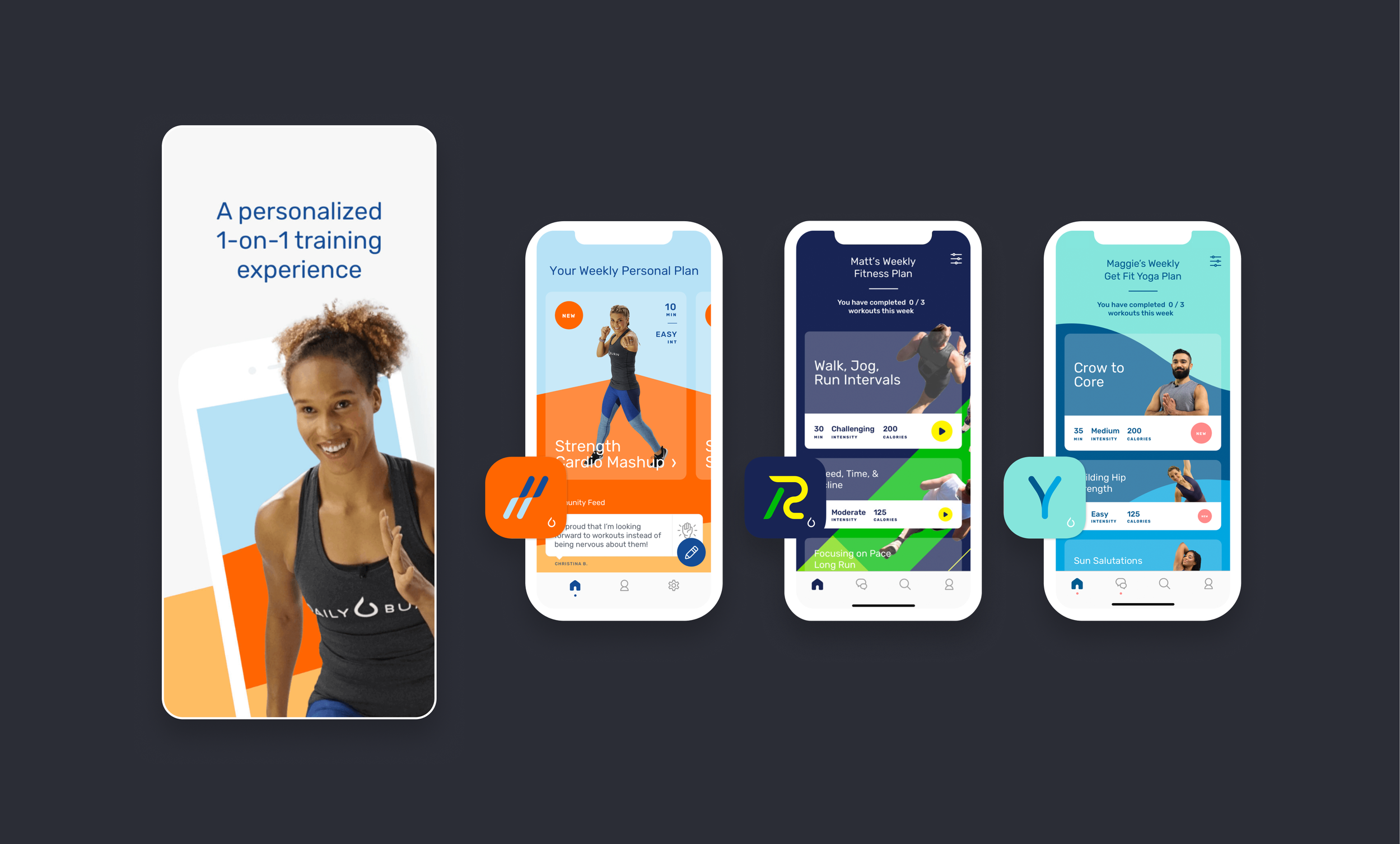In 15+ years of design leadership, I've discovered that the most transformative products emerge when design and business unite around a shared obsession: understanding real human needs. My approach centers on building design cultures where business success is tied deeply to customer empathy, rigorous craft standards, and authentic care for both the people using our products and the teams creating them.
The teams I've built consistently deliver measurable impact—52% business growth at Hana, scaling CBS Sports to the #2 digital sports brand, and YoY CSAT improvements at Amazon—because we've created cultures where customer insights drive every business decision. This isn't about having design "at the table"; it's about ensuring the customer voice influences revenue, retention, and growth strategies from the ground up.
I establish design cultures by translating user research into language that resonates across the organization. When our ethnographic research reveals unspoken customer needs, we transform those insights into design principles that guide both creative decisions and business strategy.
Success comes from creating shared mental models between design, product, engineering, and business stakeholders. When everyone understands how design decisions connect to human outcomes and business objectives, we can anticipate system-wide impacts and turn potential friction points into moments of unexpected delight.
Currently building tools for 1.5MM employees
Transforming tech-enabled workspaces with customer-first experience design
Expanding business from generalist connected TV platform to personalized mobile-first fitness apps
Human-Centered Team Building with Rigorous Standards
I approach team leadership the same way I approach design: everything is connected, and the details of human experience matter immensely. Just as thoughtful interaction design considers how each micro-moment builds toward emotional connection, I structure mentorship, career development, and team dynamics to understand how each designer's growth directly enhances our collective ability to serve customers.
Building high-performing design teams—whether growing from 0-5 designers at Hana or scaling from 3-13 at CBS Sports—requires balancing genuine care for individual growth with uncompromising standards for craft excellence. I create environments where designers can experiment with new ways to solve customer problems while maintaining rigorous quality standards that build user trust and stakeholder credibility.
My mentorship philosophy centers on developing both design craft mastery and business acumen. Designers on my teams see the whole system, understanding how all design decisions have to also consider all customer user journeys and all business outcomes. This holistic perspective, combined with deep attention to execution details, enables the creation of experiences that feel effortless while driving measurable impact.



